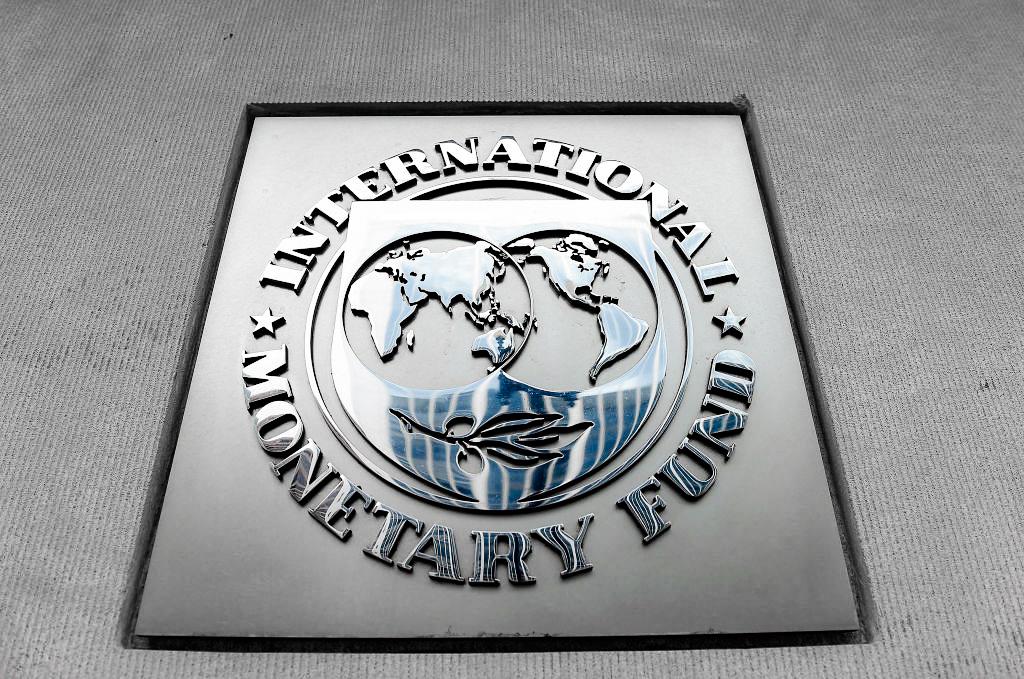Cleveland Federal Reserve Bank President Loretta Mester recently said that she can’t rule out the possibility of a 75-basis-point interest rate hike by the Federal Reserve, depending on where inflation is heading.
“We’re going to have to assess whether inflation is actually moving down, and then we’ll be able to get more information after we do a couple of those to see,” she added, referring to the Fed’s rate hikes of 50 basis points.
If officials don’t see any indication of inflation easing in the second half of 2022, the agency might have to “speed up” things, she said.
Mester’s comments come a week after the Federal Reserve raised interest rates by 50 basis points to a range of 0.75–1 percent, the biggest increase in 2022. Fed Chairman Jerome Powell had indicated on May 4 that two more such hikes might be coming in future meetings as officials try to rein in 40-year high inflation. However, Powell made it clear that policymakers were not “actively considering” rate hikes of 75 basis points.
Due to the COVID-19 lockdowns in China, the war in Ukraine, and other factors, “risks to inflation” are skewed to the upside, she said. The cost of allowing such elevated inflation to continue is “high” and the Federal Reserve is doing “more upfront” rather than choosing to wait.
With the Fed on the path of monetary tightening and interest rates moving higher, the costs of servicing public and private debts are expected to move higher over the next decade.
Some Fed officials have warned that if interest rates rise, demand in the economy could fall fast. Mester agrees that “excess demand” could fall faster than expected or that global supply chains might improve more quickly.
But at this point, she said she’s expecting the Fed’s policy rate to move beyond the 2.5 percent level which she sees as “neutral,” to a level where the economy would begin to contract and possibly trigger a rise in the rate of unemployment.
Mester said she doesn’t expect the Fed to fully win its fight against inflation either in 2022 or 2023.





